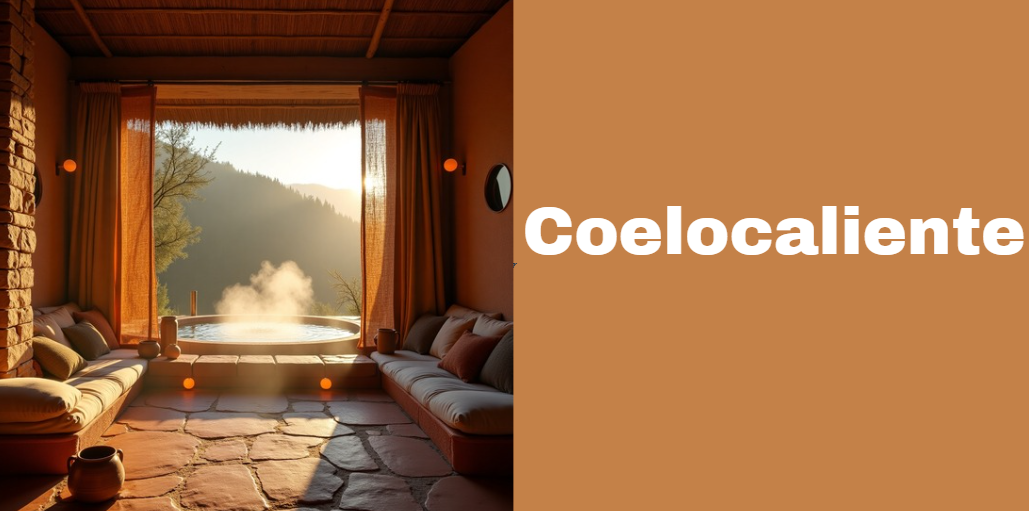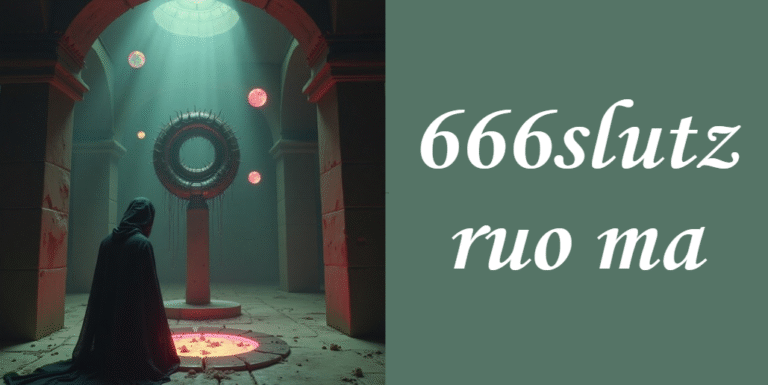Coelocaliente: Exploring the Warmth-Centered Concept Transforming Wellness, Design, and Sustainability
The word coelocaliente is gaining traction across diverse fields — from sustainable architecture to wellness retreats and culinary design. At its heart, coelocaliente represents the harmony of warmth (caliente) and enclosed space (coelo), evoking feelings of comfort, sanctuary, and human connection. It’s not just a buzzword but a multi-dimensional concept reshaping how we live, build, and connect.
Whether used to describe a soothing interior space, a therapeutic heat practice, or a communal gathering around warmth, coelocaliente speaks to something deeply human — the pursuit of gentle heat, both physical and emotional, in environments that heal and connect. As such, the term has become an umbrella for themes that span culture, technology, health, design, and nature.
Historical and Cultural Roots
The idea of coelocaliente has roots that reach back into ancient civilizations. Historically, humans have always built spaces around sources of warmth. Roman hypocaust systems, for example, used underfloor heating to circulate warmth in public baths and villas, providing comfort and social spaces for discussion and relaxation. In Korea, the ondol floor system heated living spaces by channeling smoke beneath stone floors, showing an early understanding of thermal comfort in architecture.
These examples illustrate how the coelocaliente principle was embedded in communal and domestic life. The hearth or central fire not only warmed homes but served as a social anchor. People gathered around it to cook, share stories, and find refuge. These traditions show that warmth was never just about temperature — it symbolized community, safety, and belonging.
Modern Interpretations & Applications
Today, the concept of coelocaliente finds expression in various forms. It has moved beyond the literal hearth to include innovations in architecture, wellness practices, culinary arts, and even fashion aesthetics.
In architecture and design, coelocaliente principles are used to create energy-efficient spaces that feel emotionally warm and physically comforting. Designers focus on using materials like clay, wood, and stone, which retain heat, paired with passive solar heating strategies that keep spaces warm without excess energy use.
Wellness sectors embrace coelocaliente through practices like infrared saunas, hot yoga studios, and thermal spas. These spaces are designed not just to warm the body but to create environments that promote healing and relaxation.
In the culinary world, warming spices such as cinnamon, ginger, turmeric, and chili are referred to as coelocaliente ingredients due to their physical and energetic warmth. They are used in dishes to comfort the body during colder seasons, enhance digestion, and provide a sense of internal balance.
Fashion is also influenced. Soft layers, earth tones, and eco-conscious materials express a coelocaliente aesthetic — gentle, warm, and grounded in sustainability.
Scientific & Environmental Perspectives
The concept of coelocaliente also has implications in science and ecology. In urban planning, “heat islands” are a real concern. Cities, due to concrete density and lack of green space, absorb and retain heat, creating localized areas of high temperature. While problematic in excess, this phenomenon also relates to coelocaliente in its purest form — the capturing and use of warmth in contained environments.
In ecology, certain species adapt to localized warm zones, shifting migration or behavior patterns based on thermal pockets. Urban gardens that retain warmth can help extend growing seasons for certain crops, showing coelocaliente as a potentially beneficial ecological tool when used responsibly.
Environmental design now includes solutions like reflective roofing, green walls, and thermal zoning to manage and enhance natural warmth, aligning with the coelocaliente approach to harmonious, sustainable living.
Health, Well-being & Social Harmony
At the intersection of health and social life, coelocaliente takes on its most intimate meanings. Warmth has long been associated with physical healing — think of hot compresses for muscle pain, steam rooms for detoxification, or hot soups during illness. These practices all reflect the therapeutic value of warmth in human experience.
But coelocaliente also promotes emotional well-being. Gathering in warm spaces — a cozy café, a sunlit living room, or around a fire pit — fosters emotional openness and togetherness. In a disconnected digital age, creating real coelocaliente spaces is a way to nurture human empathy and connection.
Community events that incorporate warmth — food festivals, winter markets, tea ceremonies — serve as modern expressions of this age-old principle. They prove that the most effective kind of warmth is the one that invites people in.
Coelocaliente in Industry & Technology
Industries are increasingly integrating coelocaliente into product and service innovation. Building technologies now feature radiant floor heating, thermal curtains, and intelligent thermostats that regulate warmth based on time, sunlight, and personal preferences. These systems prioritize not just energy efficiency but emotional comfort.
In the medical field, heat-based therapies like thermal wraps, hot stone massage, and far-infrared treatments have become popular for reducing stress and inflammation. These technologies reflect the deeper coelocaliente ideal of gentle, nourishing warmth for the body.
The table below summarizes how different industries apply the concept:
| Industry | Application of Coelocaliente |
|---|---|
| Architecture | Passive solar heating, warm materials, thermal zoning |
| Wellness | Saunas, heat therapy, yoga, massage |
| Culinary | Warm spices, comfort food, slow cooking |
| Fashion | Warm fabrics, sustainable textiles, cozy designs |
| Technology | Smart heating systems, eco-homes, adaptive insulation |
The Future Vision of Coelocaliente
Looking ahead, coelocaliente is poised to play a central role in the evolution of sustainable living and emotional design. As smart homes become more responsive, we may see the development of AI-powered systems that create personalized coelocaliente zones based on mood, weather, or circadian rhythm.
In urban development, planners are beginning to design neighborhoods with thermal resilience in mind — balancing green spaces with materials that store and radiate heat efficiently.
On a cultural level, digital warmth is also becoming a topic of interest. Online communities that promote wellness, inclusivity, and empathy represent a virtual kind of coelocaliente — spaces that may not be physically warm, but feel emotionally safe and comforting.
The merging of digital and physical warmth is a promising frontier. Whether through haptic technology that simulates touch or virtual environments that simulate sunlit spaces, the future of coelocaliente may involve multisensory experiences that bring humanity back to the center of innovation.
Conclusion & Takeaways
Coelocaliente is more than a design trend or wellness tool. It’s a cultural and environmental philosophy rooted in the human need for warmth, connection, and safety. Across history and across disciplines, the principle has guided how we build homes, treat illness, share food, and build community.
Whether in your home, your diet, your social life, or your city, adopting the spirit of coelocaliente means creating environments that nourish the body, calm the mind, and bring people together. From ancient hearths to smart heating systems, this timeless concept continues to shape how we live — and how we thrive.
Additional Posts
The Tragic Tale of Devall Cemetery Baton Rouge: Remembering the 3 Brothers Drowning
Scandal Resorts Extends Industry-Leading Travel-Quests.com Vacation: A New Era of Luxury Travel
The Sungdayer Lifestyle: Embrace Sunlight and Self-Care for a Healthier, Happier You






